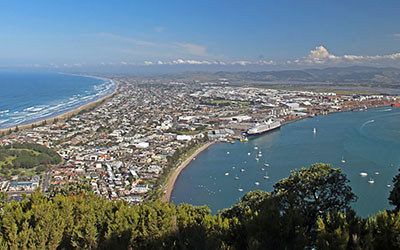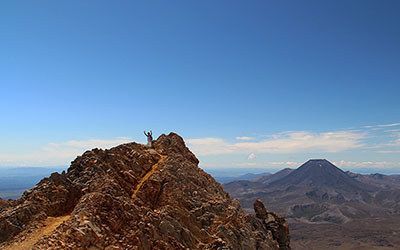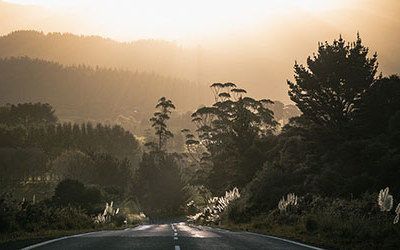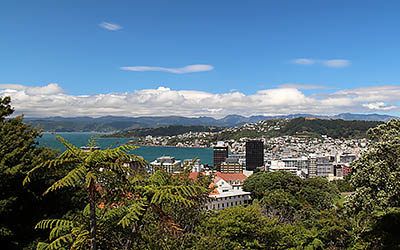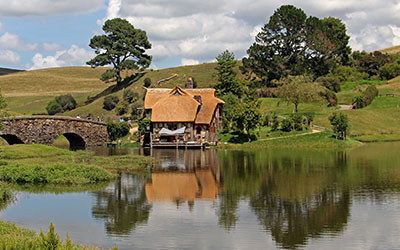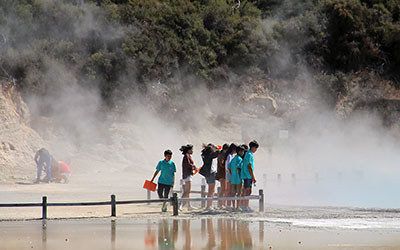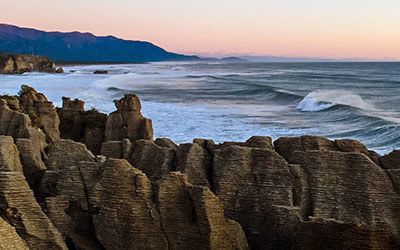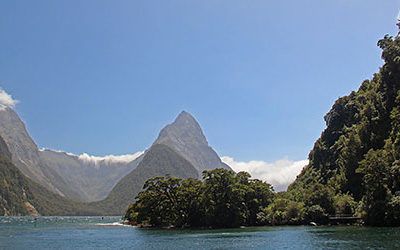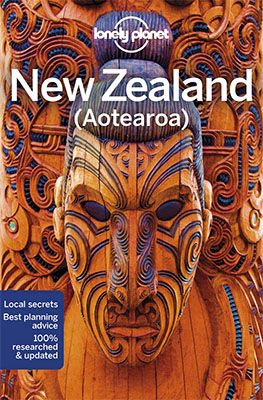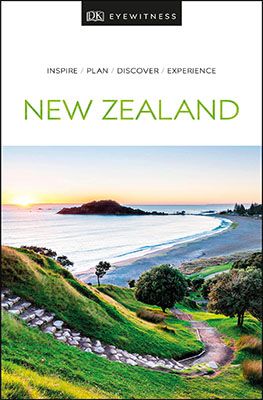New Zealand in a nutshell
‘Mini Europe’, that’s what this country southeast of Australia is also known as. It’s a country with a lively culture and truly beautiful nature where there is so much to do. The country covers about 275,000 square kilometres, making it more than 6.5 times larger than the Netherlands. In 2017, the country had around 40 million sheep and only 4.5 million inhabitants, also known as Kiwis.
The country had already been on our bucket list for some time. At the beginning of 2016, we finally got to the point where we could discover both the South and North Islands with a rental car. It was an unforgettable round trip. Do you want to go on a trip around the world but you “only” have four weeks? Then go to New Zealand because you’ll find so many different landscapes and climates, that it looks like you’re on a trip round the world!
Some history first
Around 1200, the Maoris arrived to New Zealand from Hawaiki (Raiatea) – the birthplace of the Polynesian peoples according to Polynesian legend. They left their homes because of overpopulation, tribal wars and epidemics. It was not until 1642 that the first European, Abel Tasman, visited the South Island and later that same year, the North Island of New Zealand.
Tasman called the country Staten Land, which was later renamed New Zealand after the Dutch province of Zeeland. Tasman indicated to the Dutch East India Company (VOC) that the local population was very hostile. Some of the troops on the North Island were also killed by the Maoris. The VOC then ruled that this country was not yet ready for trade. James Cook proved the opposite was true in 1769.
At the beginning of the 19th century, the first Europeans settled in New Zealand, however due to European interference, conflicts soon arose between Maoris and Europeans. To try to put an end to this, at the beginning of 1840 representatives of the British Crown and a few Maori chiefs signed the Waitangi Treaty, which contained agreements on the division of land. Unfortunately, the treaty did not last long.
The period that followed was a time of land grabbing and conflicts, in which the culture of the Maori was neither recognised nor respected. Fortunately, nowadays this is very different. The Maoris have been able to ‘resume’ their Maoritanga (way of life). A visit to New Zealand is only complete if you also learn more about this culture and experience some of it. In this context, also visit the Te Papa Tongarewa Museum of New Zealand in Wellington, a large, very interesting museum with exhibitions dedicated to the rich history, culture and nature of New Zealand.
North Island
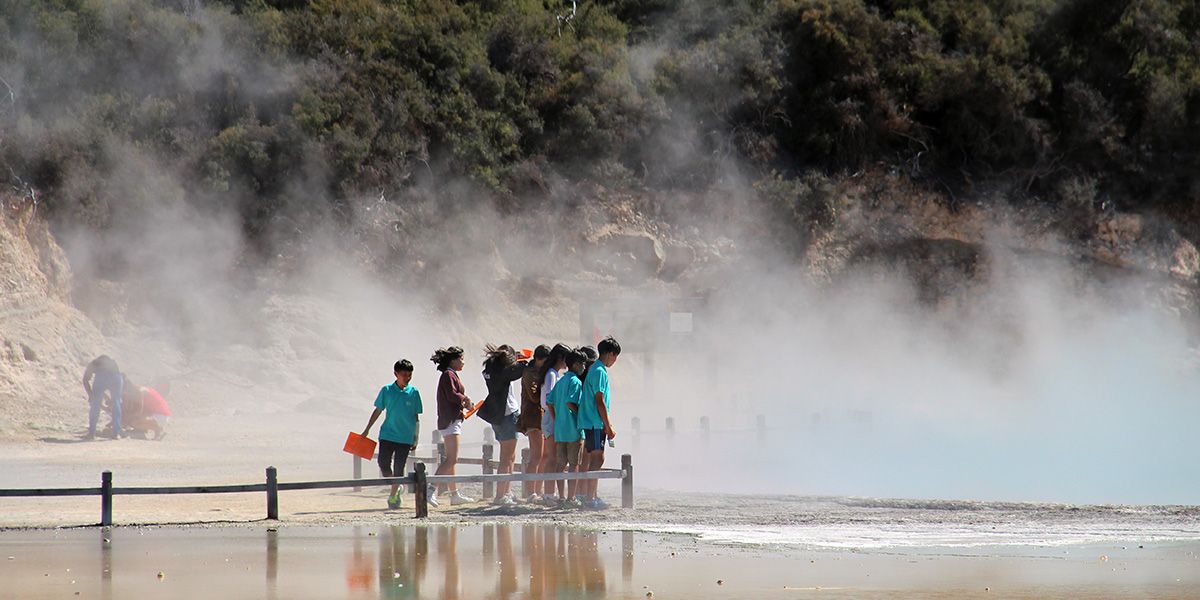
The North Island is the most densely populated part of the country. In the south lies the capital Wellington. Auckland, the largest city in the country, is also located on this island. On the North Island, and especially in the Bay of Plenty region, the Maori culture, the culture of the indigenous population, is most prominent. Approximately 14% of New Zealand’s total population is Maori.
Just like on the South Island, nature here is very varied. In the north, which the population also calls the far north or winterless north, you have large rainforests and primeval forests, beautiful islands and long sandy beaches. A little more towards Auckland, about an hour and a half’s drive from the city, you have the Coromandel peninsula, a spectacular rocky promontory almost 85 kilometres’ long. You will find fantastic beaches, hot springs, lush rainforests and historic villages. In the east you find vineyards and kiwi plantations, but also beautiful bays and sites with geysers and hot springs.
Rotorua is a highlight you must not miss! A little further south, you find the city of Napier, a beautiful art deco town. In the vicinity of Napier is Cape Kidnappers. Here there are thousands of gannets (Northern Gannets) to admire. In the middle of the North Island there are volcanoes that are still active where you can do some fantastic walks, including the Tongariro National Park, which is the absolute highlight of the North Island. In the west, there are beautiful green hills, caves (including those in Waitomo), sandy beaches but also rugged coasts. In the south, you have secluded beaches, bays and pristine forests.
South Island
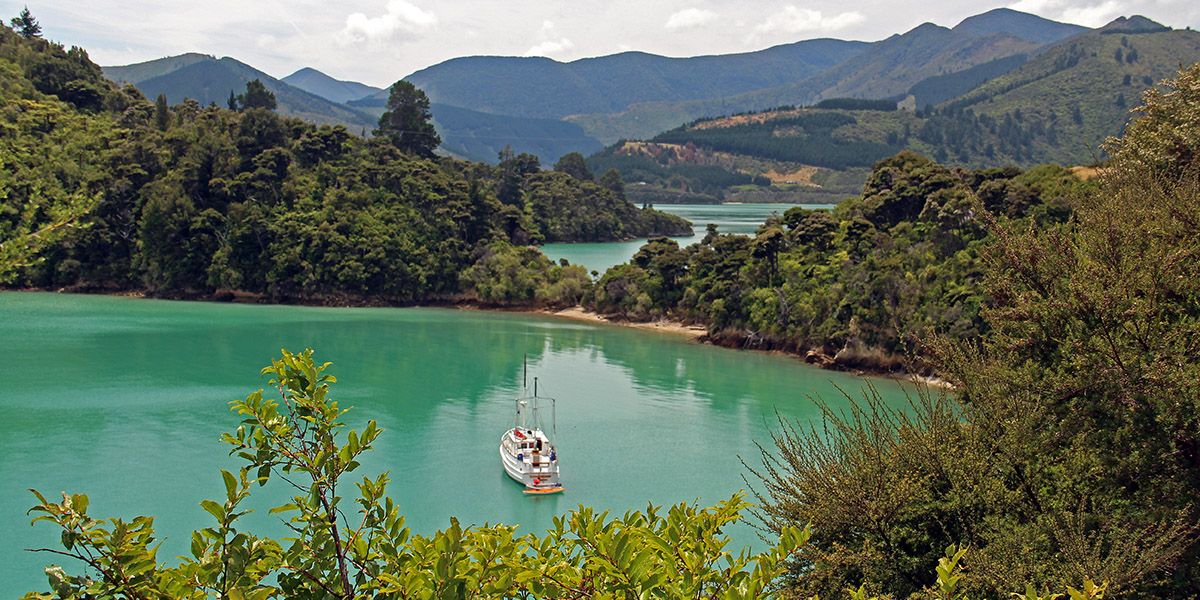
The South Island is the larger island but has significantly fewer inhabitants. The largest city on this island is Christchurch. In the area you find a lot of arable farm land and horticulture. Furthermore, the South Island is all about nature and the splendid, varied landscapes. During a drive of under two hours, you can encounter three to four completely different landscape types, ranging from high, snow-covered mountains, to savannas and beautiful blue glacial lakes.
We particularly liked the contrast between the southwest with the many fjords at Te Anau (Milford and Doubtful Sound being the highlights) and the north where it actually seems subtropical. Below are some of the highlights mentioned but we actually think that the number chosen by us does not do justice to the country. New Zealand in our opinion is a country that absolutely has to be on the active traveller’s bucket list!
Click to jump to any topic below:
Accommodation in New Zealand
New Zealand has a particularly wide choice of accommodation options. Young people are often seen in hostels (if they travel alone), homestays or buses converted into mini-campers. We rented a car and slept alternately in cheap motels and the slightly more expensive boutique hotels. Families often travel by camper. However, for couples this is also a perfect way to discover New Zealand, especially because of the extensive facilities on the campsites and the many possibilities for wild camping! You are not allowed to camp in the National Parks with a camper.
If your travel budget allows a little less per day, old-fashioned camping with a tent is also a perfect option. The golden tip here is to use the Department of Conservation (DOC) campsites that are located in the middle of nature parks and reserves and are usually much cheaper than normal campsites.
If you have a little more to spend, then a luxury rental villa is also possible. For example, on one of the many small and barely-inhabited islands in the Marlborough Sounds.
As we were there during the high season, we were advised to book our accommodation well in advance. The first nights we did this, but gradually found that there was still a lot available at the last moment. We also spent a few nights in a double room of a backpacker hostel in Nelson on the South Island. We wanted to relive the backpacker feeling of “the old days” but we only came across solo travellers who were very much on their own. Maybe the generation gap was too big…
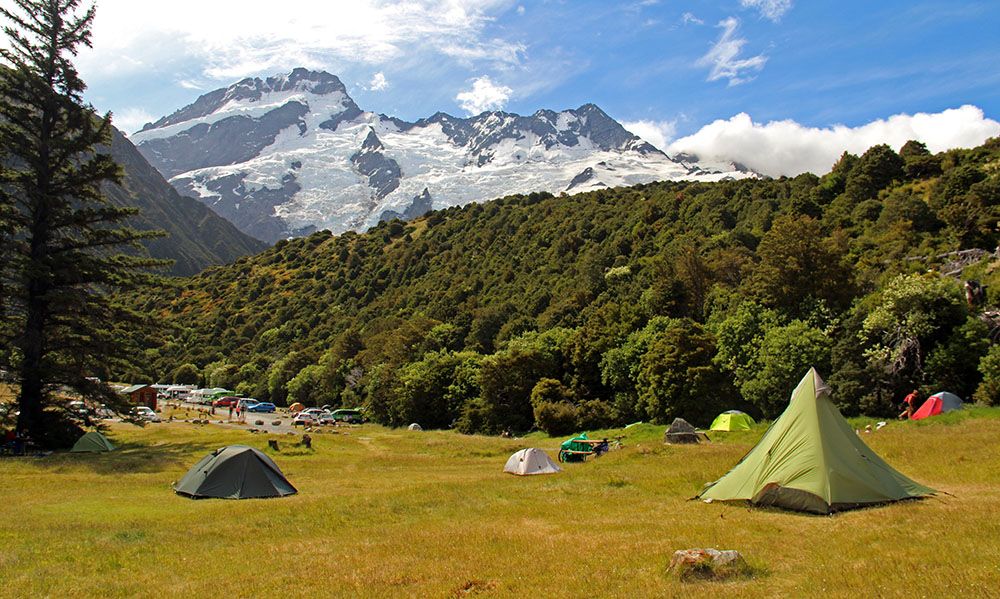
Travel advice for New Zealand
New Zealand lies on a fault plane of two tectonic plates: the Pacific and the Australian tectonic plate. Although serious earthquakes rarely occur, it is advisable to check the current travel advice for New Zealand. It is possible that some cities still have to deal with the aftermath of an earlier earthquake. An example of such a city is Christchurch on the South Island. The city has been hit several times by an earthquake. The last major earthquake that caused a lot of damage was in 2011. When we were there, the church was still in ruins. Due to local political bickering, restoration of the church has still not started.
Healthcare in New Zealand
In New Zealand there are few health risks. You don’t need vaccinations, the tap water is of excellent quality, there are no dangerous animals and there are few infectious diseases. Health care in this country is excellent.
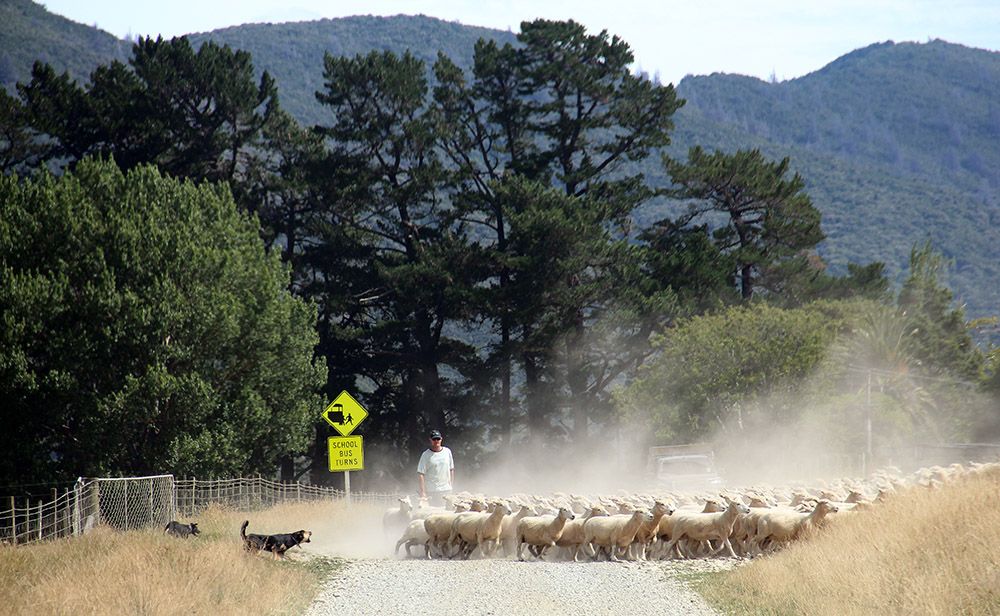
Best time to visit New Zealand
New Zealand has a mild maritime climate. Although the weather is difficult to predict, there are reasonable constants. As the wind mainly comes from the west, the west coast – especially at the foot of the high mountains – is significantly wetter. On the North Island, it is much warmer than on the South because of its location closer to the equator.
The country is easy to be in in all seasons. It is just a matter of what you’re looking for and what you want to do. It can be very cold in winter, especially in the mountains on the South Island. In that period, you seem to be able to do a fair bit of skiing. Thanks to its sea climate, the temperatures in the rest of the country are high enough to enjoy cycling and hiking. In the spring it can still be fresh on the South Island but you get blossoming flowers, wild waterfalls and animal births.
In the summer, it can get quite warm on the North Island. We were there in January, so the middle of their summer and had fantastic weather on both the South and North Islands. Not too hot (except for a few days in the far north), mostly dry and sunny. We did have a few afternoons of rain which caused our planned walk in the Abel Tasman National Park to fall through.
Autumn has the calmest weather. If you go in the month of May, it will start to get cold in the mountains on the South Island. From that moment on, the mountain passes can no longer be reached due to snowfall.
Visa for New Zealand
You need a visa to visit New Zealand. You can request an NZeTA directly at the official immigration website..Another option, however, is to hand over the visa application to a visa agency such as iVisa. Although this will cost you a little money, it will spare you the hassle.
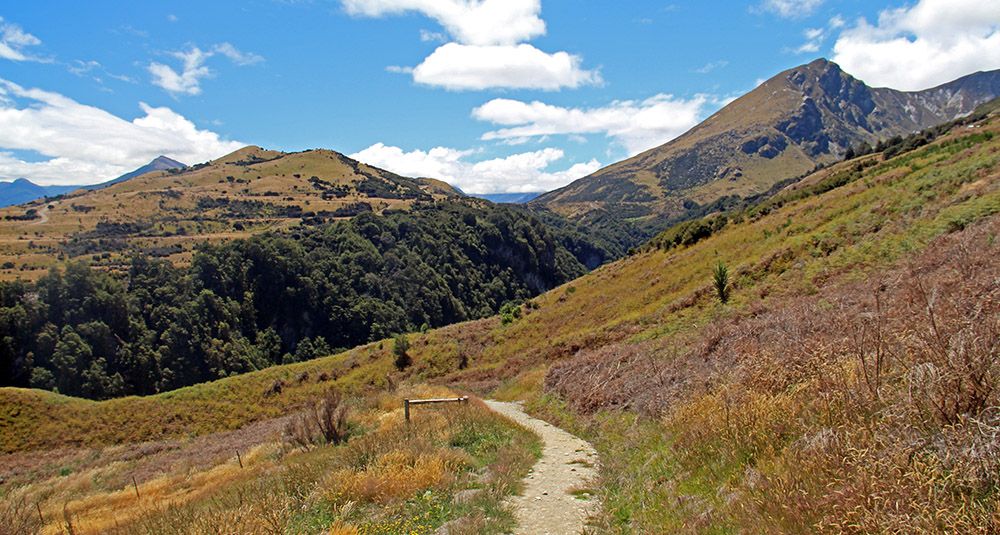
Eating and drinking in New Zealand
New Zealand cuisine is strongly influenced by English cuisine. Fish & chips and a typical British breakfast is something you will see a lot of. Also, sweet desserts. We found the cuisine European, or American. In many restaurants we couldn’t get more than a hamburger, although you will also find a lot of lamb on the menu.
For a country surrounded by nothing but sea and with many lakes and fish farms you can expect a wide range of sea and freshwater fish. On the menus therefore, you will find a lot of fish and shellfish. A typical Maori dish, original inhabitants of the country, is hangi: a meal where meat, potatoes and vegetables are steamed in the geothermal hot soil.
New Zealand has a good reputation when it comes to wines. The major wine regions are in the north of the South Island and the southeast of the North Island. At many wineries you can do a tour, a wine tasting and of course buy wine. You can then, in many cases, just take that wine to the restaurant (Bring Your Own) where you can enjoy the wine for a small fee (‘cork money’).
However, the inhabitants of New Zealand (especially the men) love beer brewed in the English way, so little alcohol and with head. One nice detail: in Hobbiton, the village that was made by filmmakers for the set of both The Hobbit and Lord of the Rings, fine beers are brewed with little alcohol and drunk by the actors at the time!
Does the above mentioned cuisine and drinks appeal? In the first three months of the year, Wine & Food Festivals are held in many places.
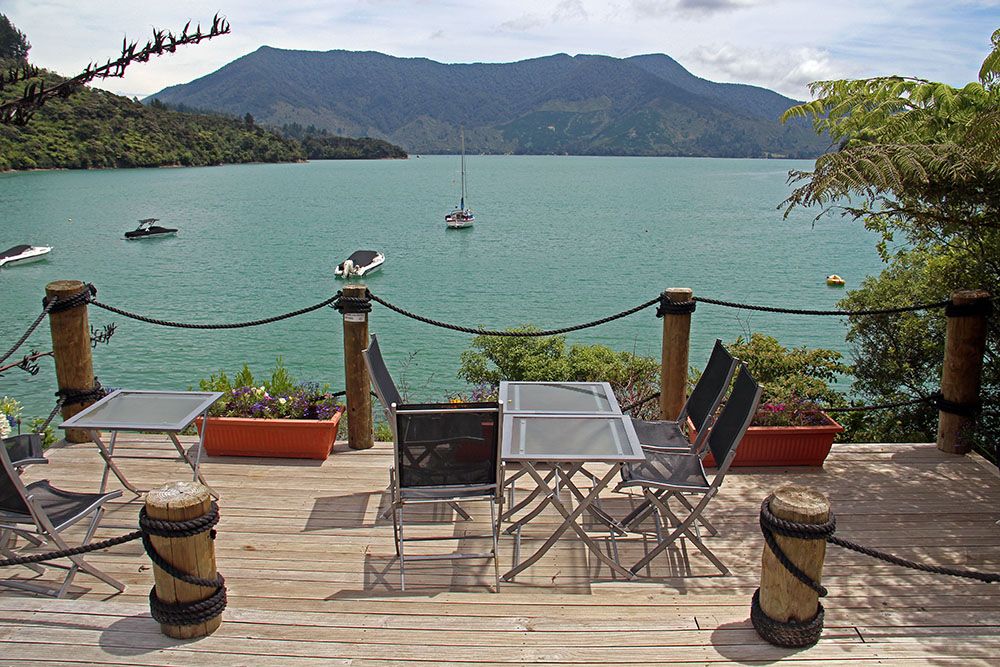
Getting around in New Zealand
Although there are several airports and you can theoretically cover the great distances by plane, it is a missed opportunity not to travel by car, camper or motorbike. Every turn and every mountain pass provide new, beautiful landscapes.
Another option is to travel by train. Comfortable trains run between major cities. The landscapes along the route are often spectacular. For example, the train journey from Christchurch in the east of the South Island right through the Southern Alps to Greymouth on the west coast is an absolute must! If you don’t have too much luggage with you, travelling by bus is a great alternative. You have hop-on-hop-off buses so you can stay a little longer at a certain destination before taking the bus to your next destination.
For transport from the South to the North Island and vice versa there is the ferry between Wellington on the North Island and Picton on the South Island. An amazingly beautiful boat trip. Tickets must be booked well in advance, especially if you want to make the crossing with your vehicle. Keep this in mind when planning your trip. The rental companies charge a fairly high rate if you rent your car or motorhome on one island and deliver it to another. You might therefore consider leaving your rented vehicle on one island and then renting something again on the other. For example, if you are sailing from the North Island to Picton, you could take the TranzCoastal train there to Christchurch, where you can rent your car or motorhome.
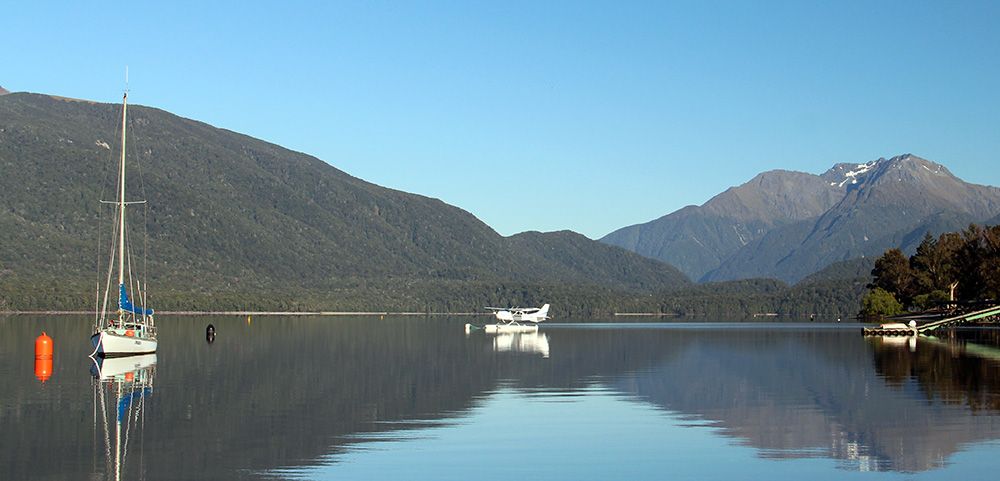
Electricity
The mains voltage in New Zealand is 230/240 volts/50 Hz. The sockets are for flat, two- or three-pole type I plugs. You need a power plug adapter when living in the UK or Ireland.
Money matters
You pay with the New Zealand dollar. Keep in mind that the overall price level in New Zealand is much higher than in the Netherlands.
Do’s and Don’ts while in New Zealand
Do’s |
Don’ts |
|
|
Highlights of New Zealand
Active
Climbing the Mauao at Tauranga
Tauranga on the Bay of Plenty Just an hour's drive from Rotorua is Tauranga, the largest city in the Bay of Plenty and one of New Zealand's fastest growing cities. The city is perfect for a day trip, if only because of the many water sports in the bay...
Hiking in the Tongariro National Park
Just south of Lake Taupo on the North Island is Tongariro National Park. The park is a UNESCO World Heritage Site because of its natural and cultural value and is almost 800 square kilometres in size. There are three active volcanoes in...
The Coromandel
The Coromandel peninsula is very good for walking, kayaking, swimming, etc. What’s more: you can dig your own "hot spring" on one of the beaches! The town of Thames, about 115 km from Auckland, is the access to this unique landscape....
Culture
Wellington, New Zealand’s surprisingly fun capital
One of our most favourite travel destinations is New Zealand. Thanks to the huge variety of landscapes and climates, we can have a great time here for many months. We found the cities we visited in New Zealand to be slightly less...
The filming locations for Lord of the Rings
The Lord of the Rings trilogy Did you grow up in the 60s or 70s? Then there's a good chance you've read J.R.R. Tolkien's "Lord of the Rings" trilogy as a compulsory requirement in high school. All three parts of this literary...
Versatile Rotorua
A visit to the Rotorua area is a must for us on your trip round the North Island of New Zealand. Rotorua is a city of over 55,000 inhabitants, located in an area with a lot of geothermal activity of volcanic origin. But besides hot springs and geysers,...
Nature
Pancake Rocks and Moeraki Boulders
Pancake Rocks at PunakaikiOne of the youngest National Parks in New Zealand is the Paparoa National Park near Punakaiki located between Westport and Greymouth on the west coast of the island. This area has one of the most beautiful coastal regions in the...
Milford Sound and Doubtful Sound
Fiordland National Park is located in the southwest of the South Island. In one of the rainiest areas in the world, we believe it to be the most spectacular natural park in New Zealand. The area is a real paradise for hikers. True...

